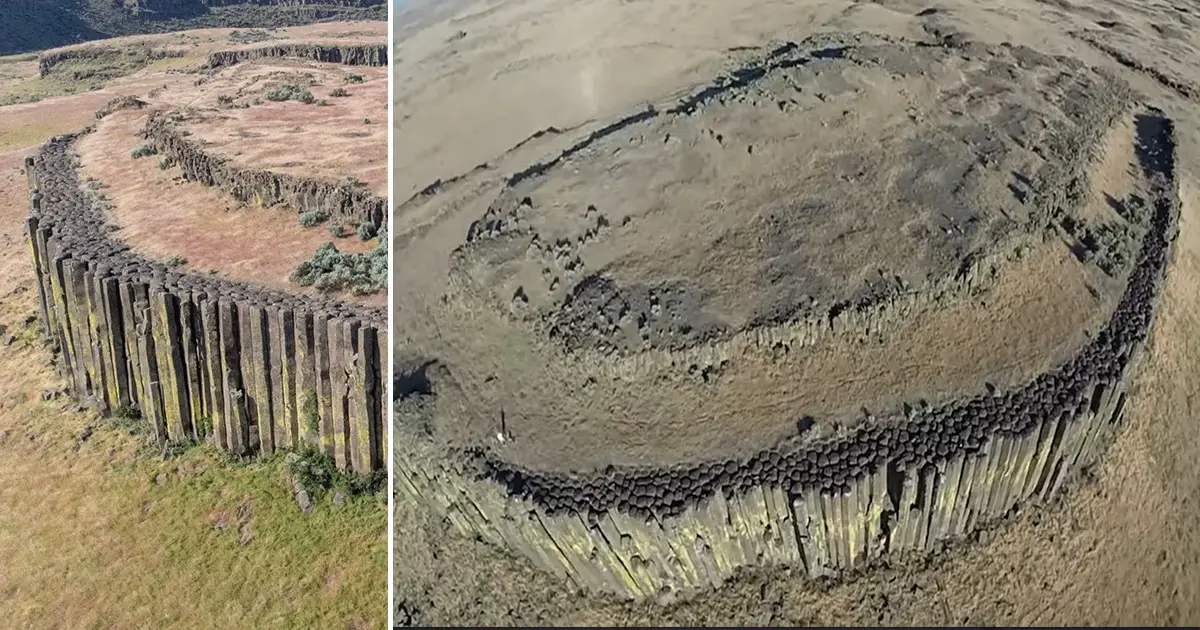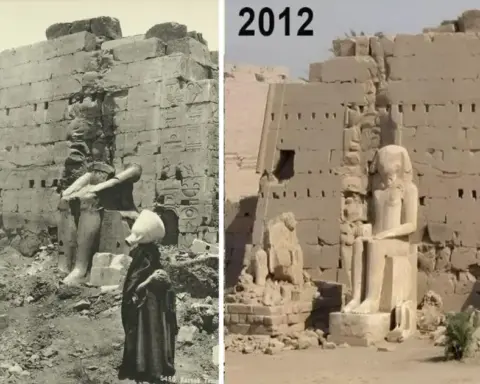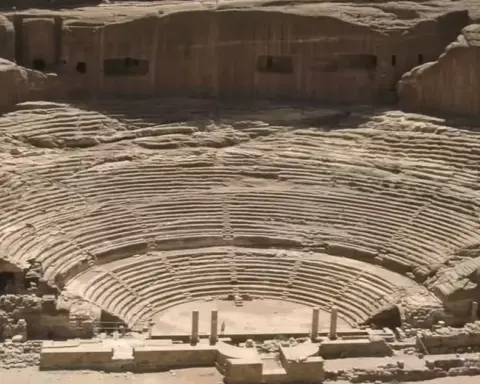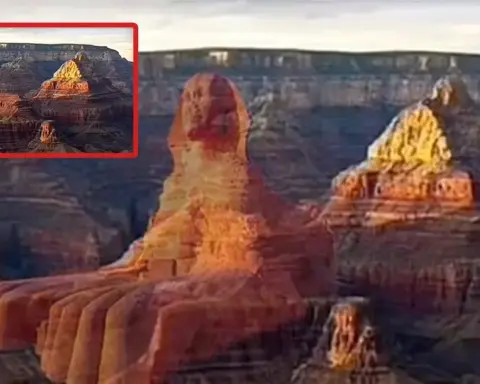In the quiet expanse of Othello, Washington, a peculiar formation stands out amidst the landscape, igniting the curiosity of onlookers and stirring a blend of scientific inquiry and imaginative speculation. To the untrained eye, the columnar basalt structures rising from the earth could easily be mistaken for the petrified remains of a gargantuan tree trunk from a bygone era. This theory conjures images of a prehistoric world where nature’s giants towered over the land, leaving behind remnants of their existence. It’s a thought that taps into our love for the mysterious and the awe-inspiring possibility of Earth’s hidden tales.
Scientific Explanations: The Basalt Columns
But what does science say about this fascinating structure? Geologists look at these columns and see a story not of ancient arboreal behemoths, but of volcanic activity that shaped the region millions of years ago. These are not the remains of a tree, but rather the result of lava cooling and contracting. This geological phenomenon, known as columnar jointing, occurs when certain types of lava cool and develop shrinkage fractures, which often result in a hexagonal pattern. The fractures propagate as the lava cools, creating the spectacular pillar-like structures we see today.
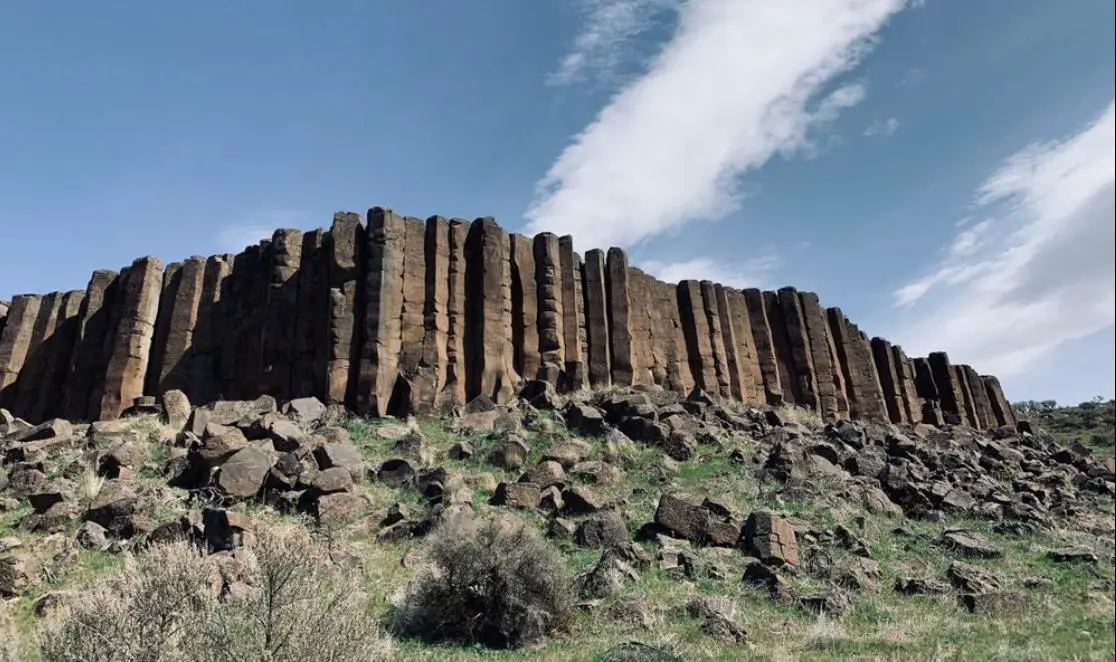
The cooling process is similar to what happens when mud dries and cracks, except that with lava, the process occurs from the outside in, due to the lava’s exposure to the cooler air or water. The perfect conditions for such formations include the uniform cooling of thick lava flows or volcanic ash deposits. Othello’s “tree trunk” is, in fact, a classic example of columnar basalt – a geological feature found in many parts of the world where ancient volcanic activity was prevalent.
The Myth of the Ancient Giant Tree
Despite the clear scientific explanation, the legend of the ancient giant tree persists. It’s a testament to the human spirit’s penchant for wonder and the tendency to look beyond the empirical for explanations that stir the soul. This alternate theory suggests that such structures are the remnants of enormous trees that once reached the heavens, predating even the dinosaurs. According to this view, these trees were part of a primordial landscape, a version of Earth almost alien in its grandiosity.
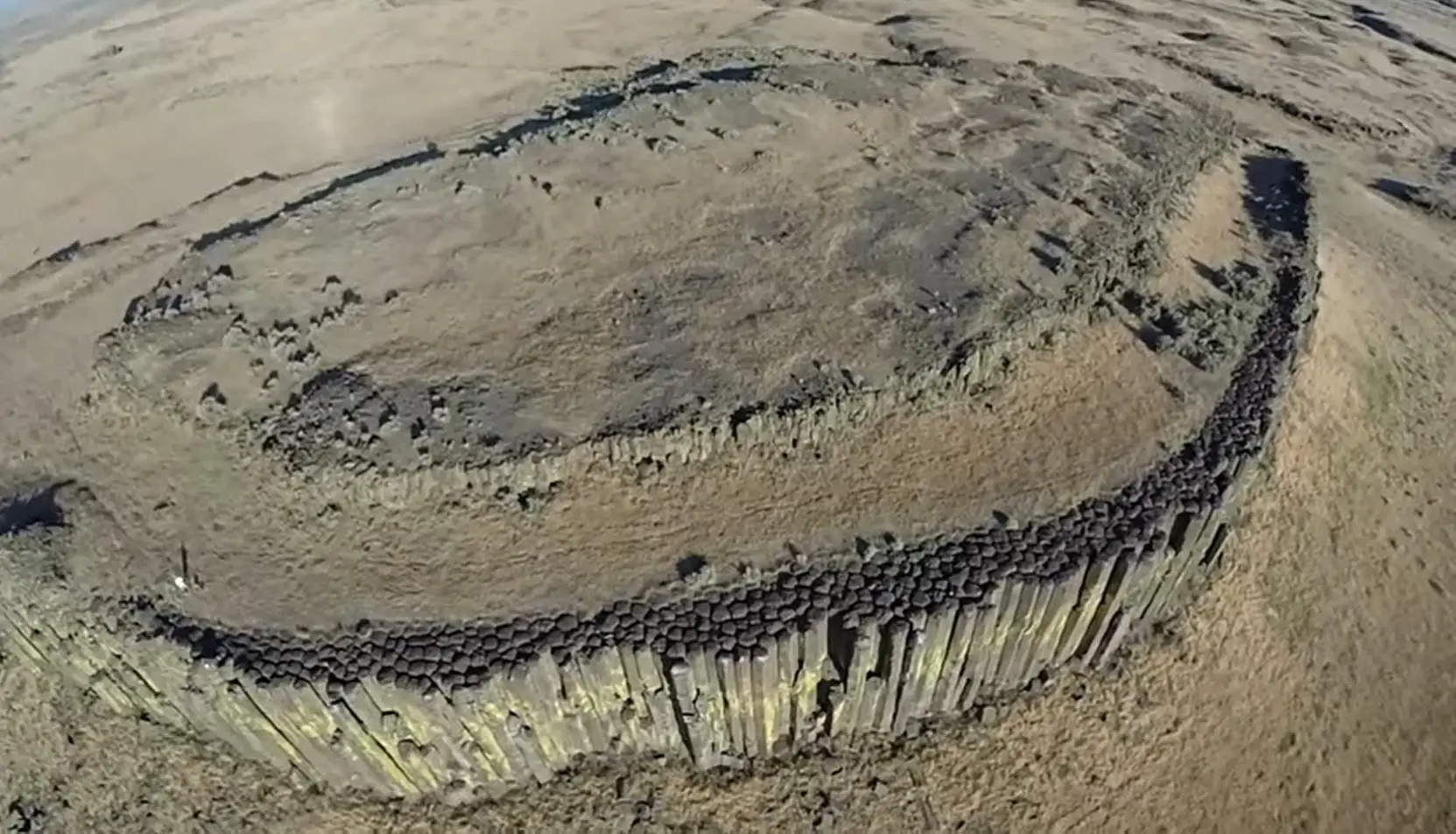
The proponents of this theory often point to the sheer size and the tree-like appearance of the columns, citing them as evidence that they could not possibly be anything other than the fossilized remains of colossal flora. The vertical orientation and the seemingly organic lines that run along the sides of the columns evoke the texture and shape of tree bark, fueling the fire of this ancient tree trunk theory.
Bridging Science and Legend
The allure of the giant tree trunk theory is undeniably powerful. It challenges us to reimagine our world and its history, to expand the boundaries of our understanding, and to consider that there may be more to our planet’s past than we have uncovered. Yet, it is the role of science to anchor us to a reality that can be tested, observed, and understood. Geologists and volcanologists can trace the formation of the basalt columns through a series of well-documented stages, supported by a wealth of evidence from similar formations around the globe.
The story of Othello’s columns, then, is a dance between the known and the unknown, the seen and the unseen. It is a reminder that mystery still abounds in our world, even in the face of scientific elucidation. For while we may have the tools to understand the origins of these geological formations, the human heart still thrills to the stories of giants and the whispers of Earth’s ancient secrets.
Conclusion: The Legacy of Othello’s Formation
As we ponder the origins of the Othello columns, we are reminded of the power of perspective. Through a scientific lens, we gain knowledge and understanding, appreciating the natural processes that shape our world. Yet, through the lens of myth and legend, we engage with the world in a different way – one that enlivens the landscape with stories and legends that have been passed down through generations.
Whether viewed as a testament to Earth’s volcanic power or as a monument to a more fantastical past, the formations of Othello, Washington, continue to capture the imagination, bridging the gap between what we know and what we dream.
VIDEO:

